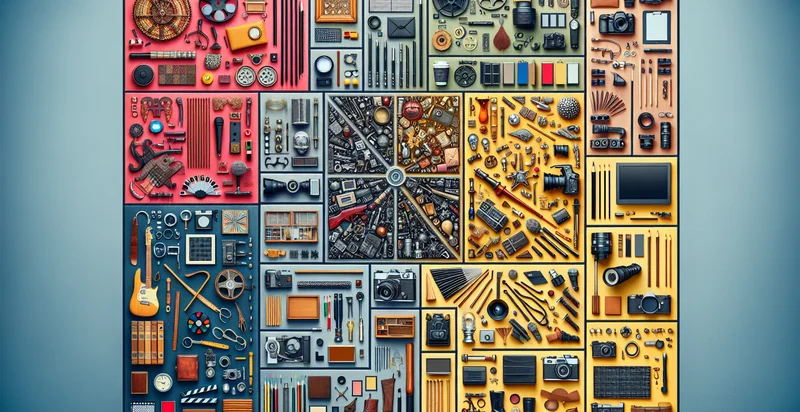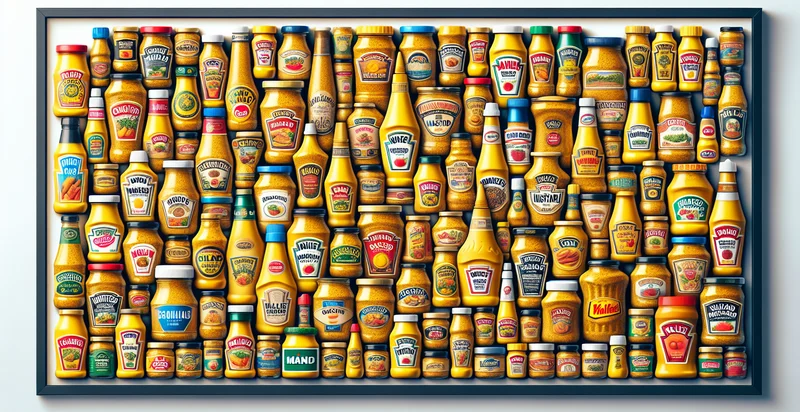Identify if props are categorized
using AI
Below is a free classifier to identify if props are categorized. Just upload your image, and our AI will predict if the props are categorized as relevant or irrelevant - in just seconds.

Contact us for API access
Or, use Nyckel to build highly-accurate custom classifiers in just minutes. No PhD required.
Get started
import nyckel
credentials = nyckel.Credentials("YOUR_CLIENT_ID", "YOUR_CLIENT_SECRET")
nyckel.invoke("if-props-are-categorized", "your_image_url", credentials)
fetch('https://www.nyckel.com/v1/functions/if-props-are-categorized/invoke', {
method: 'POST',
headers: {
'Authorization': 'Bearer ' + 'YOUR_BEARER_TOKEN',
'Content-Type': 'application/json',
},
body: JSON.stringify(
{"data": "your_image_url"}
)
})
.then(response => response.json())
.then(data => console.log(data));
curl -X POST \
-H "Content-Type: application/json" \
-H "Authorization: Bearer YOUR_BEARER_TOKEN" \
-d '{"data": "your_image_url"}' \
https://www.nyckel.com/v1/functions/if-props-are-categorized/invoke
How this classifier works
To start, upload your image. Our AI tool will then predict if the props are categorized as relevant or irrelevant.
This pretrained image model uses a Nyckel-created dataset and has 2 labels, including Categorized and Mixed.
We'll also show a confidence score (the higher the number, the more confident the AI model is around if the props are categorized as relevant or irrelevant).
Whether you're just curious or building if props are categorized detection into your application, we hope our classifier proves helpful.
Related Classifiers
Need to identify if props are categorized at scale?
Get API or Zapier access to this classifier for free. It's perfect for:
- Retail Inventory Management: By using the image classification function to categorize products on shelves, retailers can automate inventory checks. This can help in identifying stock levels, managing reorders, and ensuring optimal product placement to enhance customer experience.
- Quality Control in Manufacturing: Implementing image classification for categorizing defective products can streamline quality assurance processes in manufacturing. By identifying defective items rapidly, manufacturers can reduce waste and maintain high-quality standards in production.
- Automated Document Processing: Businesses can use image classification to categorize scanned documents like invoices, contracts, and receipts. This automation can improve workflow efficiency, reduce manual errors, and expedite data retrieval processes.
- Personalized Marketing Campaigns: By analyzing customer interactions with different product categories through images, businesses can tailor marketing strategies. This enables more effective segmentation and targeted promotions, enhancing customer engagement and sales conversion.
- Wildlife Conservation Efforts: Conservation organizations can utilize image classification in monitoring wildlife populations by categorizing species from camera trap photos. This can aid in tracking animal movements, assessing species health, and making informed conservation decisions.
- Medical Imaging Analysis: In healthcare, image classification functions can help categorize medical images like X-rays and MRIs for rapid assessment. This can support healthcare providers in diagnosing conditions more swiftly and accurately, ultimately improving patient outcomes.
- Content Moderation on Social Media: Social media platforms can employ image classification to categorize user-generated content for compliance with community guidelines. This helps in automatically detecting inappropriate or harmful content, ensuring a safer online environment for users.


